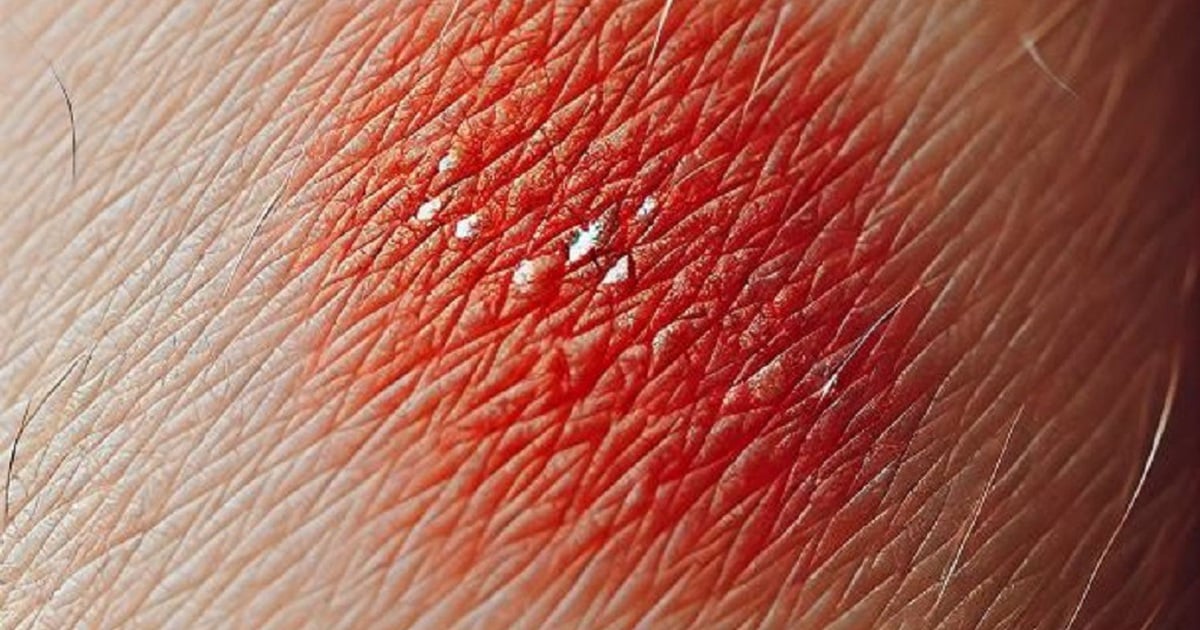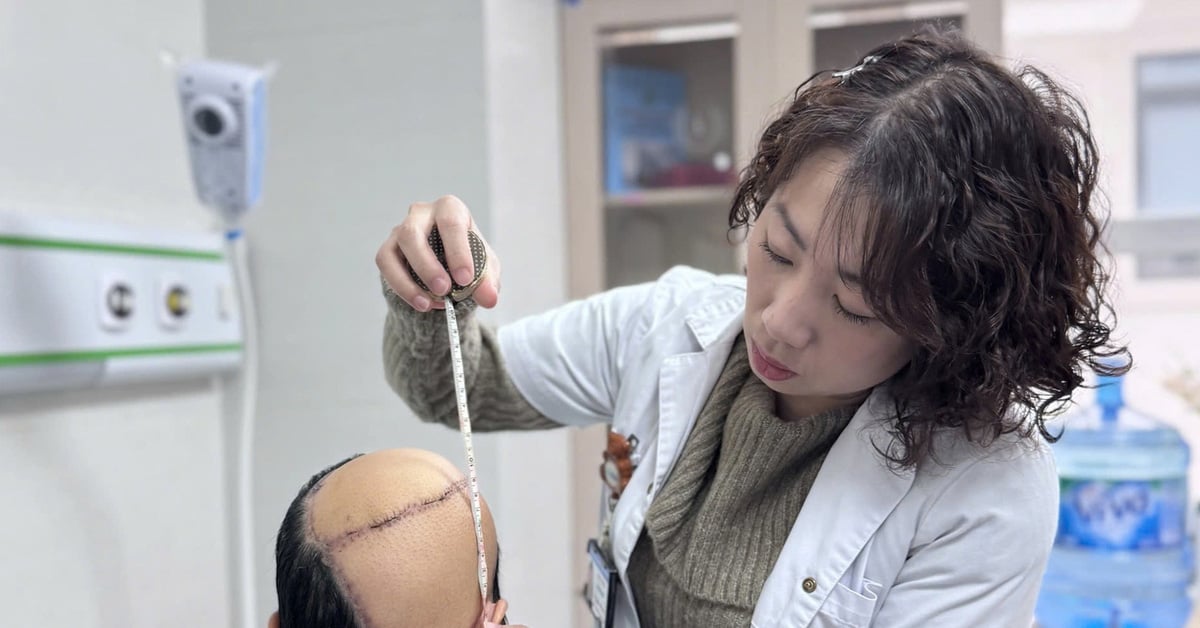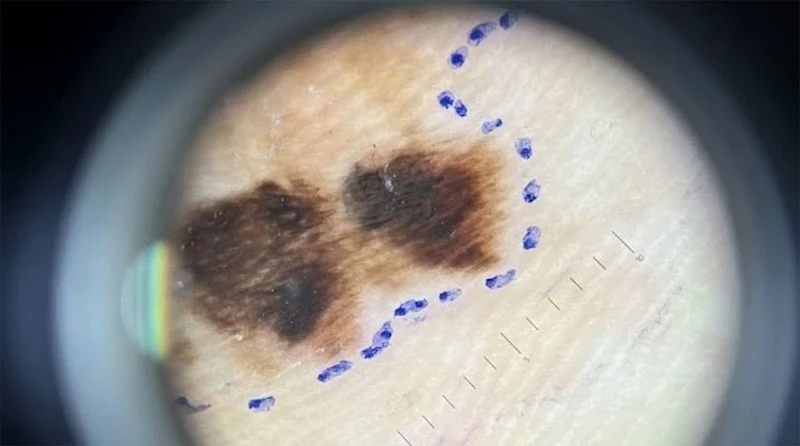Moles at risk of skin cancer can be identified by size, color, border, and changes in characteristics over time.
Most people have about 10 to 40 moles that develop between childhood and adulthood. Moles form when melanocytes (pigment-producing cells) become concentrated, causing an area of skin to appear black or brown. This can be caused by a reaction to ultraviolet (UV) rays from the sun or changes in hormone levels in the body, such as during puberty or pregnancy.
Moles are usually harmless, but new moles or moles that change should not be ignored, as they can be signs of melanoma, the most aggressive form of skin cancer. Early detection increases the chance of a cure.
Health experts recommend checking your skin regularly for abnormalities. You can use the ABCDE rule when checking your body for moles, freckles, and other skin blemishes. Each letter represents an abnormal feature:
A (Asymmetry): Asymmetrical. This means that when divided in half, the two halves of the mole are not identical.
B (Border): Border. Malignant tumors often have irregular borders, some are dark, some are jagged.
C (Color): Color. Normal moles have a uniform color. If a mole has many different colors, shades such as brown, tan or black mixed with white, gray, red or blue, it can be a warning sign of malignancy.
D (Diameter): Diameter. Moles larger than a pencil eraser (about 5-6 mm) are considered abnormal, even if there are no other noticeable abnormalities.
E (Evolution): Moles that grow in color, diameter, or height over time.
These are just some of the common signs that can help you identify a mole that is at risk of being malignant. Not all skin cancers have these characteristics. Some moles may change color but remain symmetrical or may grow larger but do not have the other characteristics in the rule.

Each person can have dozens of moles on their body. Photo: Anh Ngoc
According to the Skin Cancer Foundation, the disease can affect anyone, but is more common in people with fair skin and lots of sun exposure. Genetics and family history are factors that increase the risk of skin cancer.
If you notice any unusual signs following the ABCDE rule and suspect skin cancer, you should see a dermatologist for an accurate diagnosis. Most cases of skin cancer can be cured if detected early.
Mr. Ngoc (According to Verywell Health )
Source link




![[Photo] April Festival in Can Tho City](https://vstatic.vietnam.vn/vietnam/resource/IMAGE/2025/4/10/bf5ae82870e648fabfbcc93a25b481ea)

![[Photo] Unique folk games at Chuong Village Festival](https://vstatic.vietnam.vn/vietnam/resource/IMAGE/2025/4/10/cff805a06fdd443b9474c017f98075a4)
![[Photo] Opening of the 11th Conference of the 13th Party Central Committee](https://vstatic.vietnam.vn/vietnam/resource/IMAGE/2025/4/10/f9e717b67de343d7b687cb419c0829a2)























































































Comment (0)